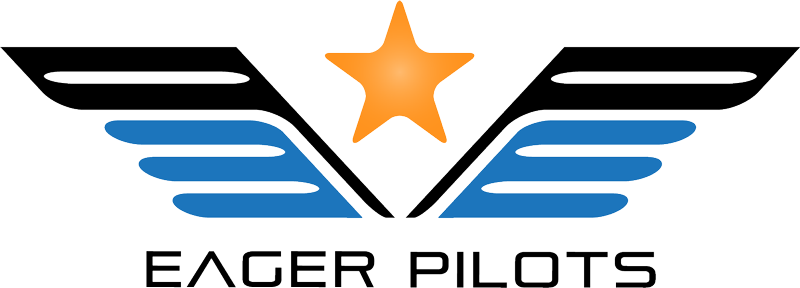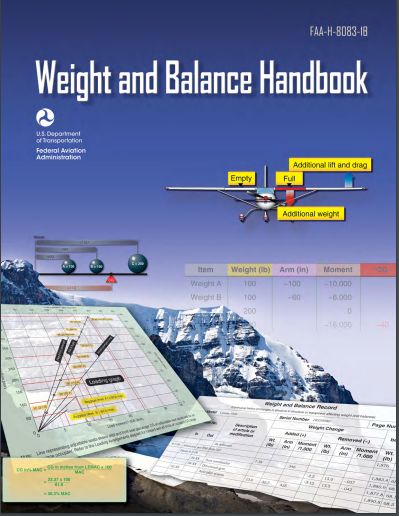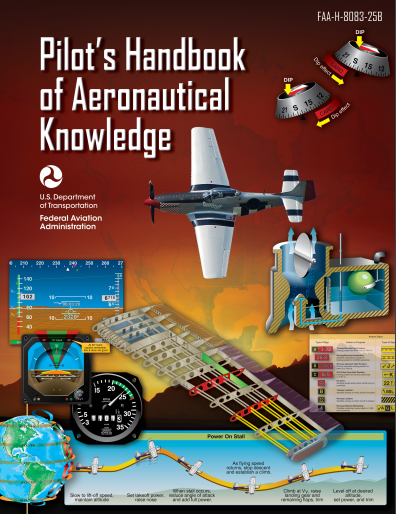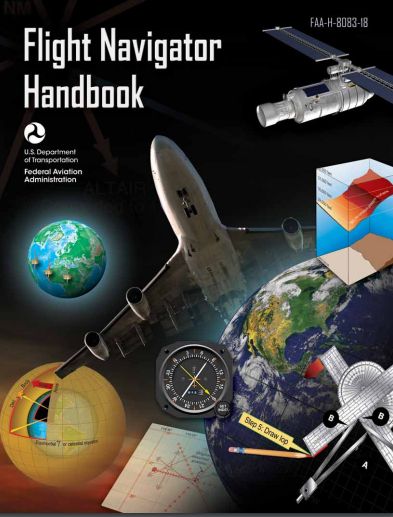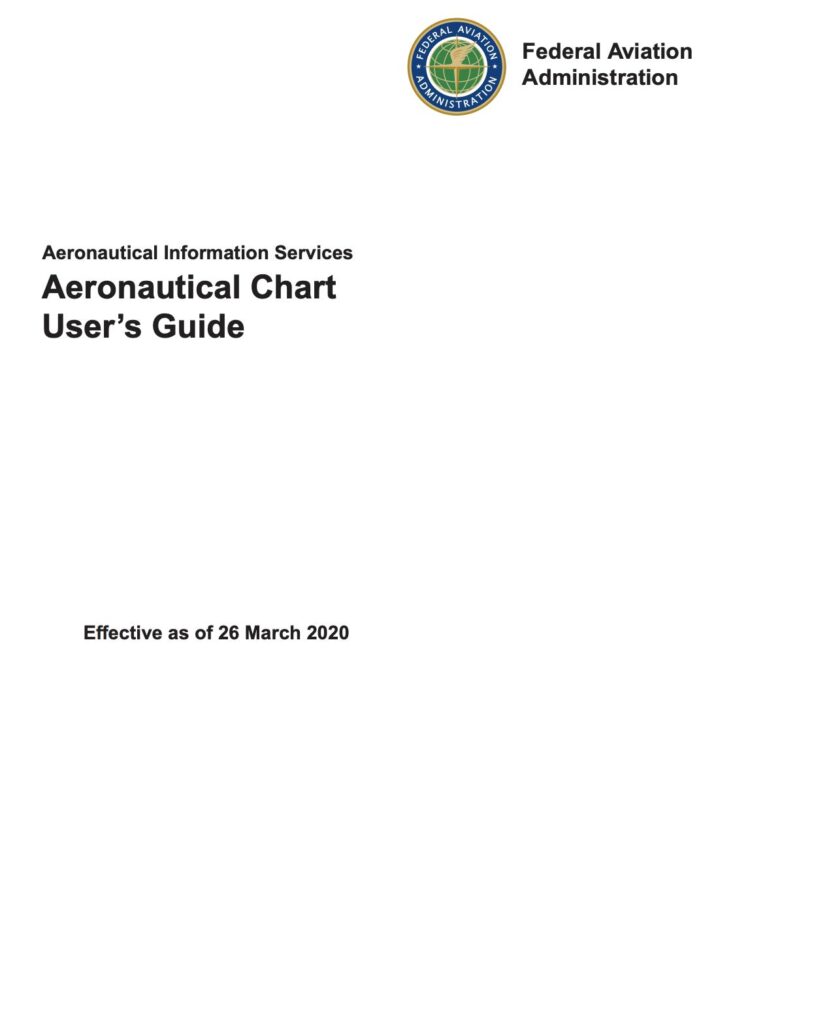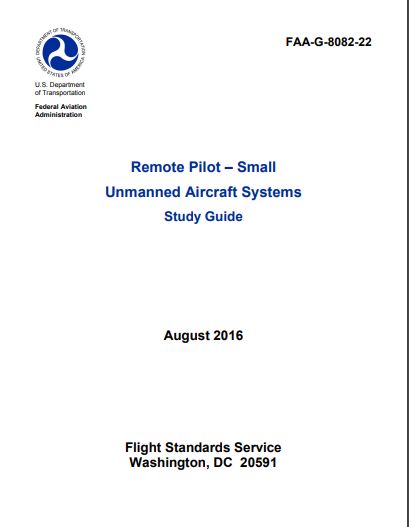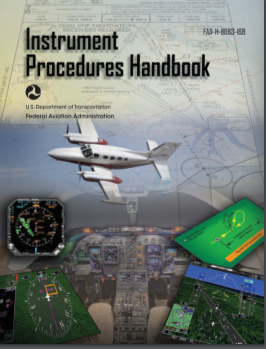Aviators use air navigation to determine where they are going and how to get there. This book serves as a reference for techniques and methods used in air navigation. In addition to this book, several other sources provide excellent references to methods and techniques of navigation.
Online eBooks
DOWNLOAD THE BELOW BOOKS
The Pilot’s Handbook of Aeronautical Knowledge provides basic knowledge for the student pilot learning to fly, as well as pilots seeking advanced pilot certification.
The Pilot’s Handbook of Aeronautical Knowledge provides basic knowledge for the student pilot learning to fly, as well as pilots seeking advanced pilot certification.
The overall purpose of primary and intermediate flight training, as outlined in this handbook, is the acquisition and honing of basic airmanship skills.
This Chart Users’ Guide is an introduction to the Federal Aviation Administration’s (FAA) aeronautical charts and publications. It is useful to new pilots as a learning aid, and to experienced pilots as a quick reference guide.
The information in this study guide was arranged according to the knowledge areas that are covered on the airman knowledge test for a Remote Pilot Certificate with a Small Unmanned Aircraft Systems Rating as required by Title 14 of the Code of Federal Regulations (14 CFR) part 107, section 107.73(a).
This handbook begins with the basic principle of aircraft weight and balance control, emphasizing its importance and including examples of documentation furnished by the aircraft manufacturer and by the FAA to ensure the aircraft weight and balance records contain the proper data.
